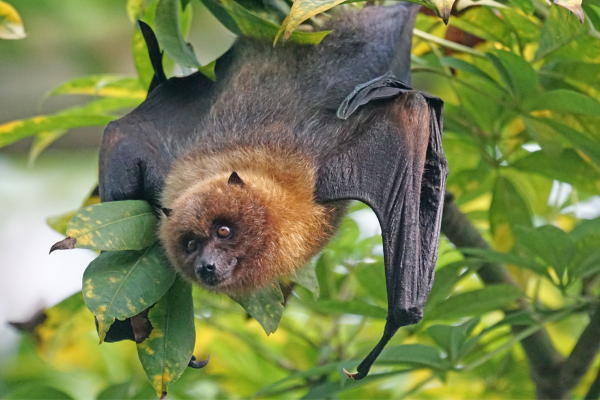
Information supplied by Michele Chubb - Register Head O.N.A.R.R Assoc. Inc and Bat Rescue for The Pet Directory
A delightful story from a wildlife carer from ONARR which is a non-profit organization involved in the rescue, raising, rehabilitation, release of orphaned Australian native wildlife, education of the public and only made possible by 200 enthusiastic and committed volunteers in the South East Queensland area of Australia.
The 30th December started uneventfully enough with Joe beginning the morning with our usual routine of feeding our large menagerie of reptiles. I was interrupted from my chore of tending to my Flying-foxes inside the house by Joe’s yells of “Chubb! Where did this bat come from?” I rushed outside to see what all the excitement was about, and to my surprise in one of our lizard cages, low and behold; there was a Black Flying-fox peacefully hanging on one end of the branch with the central Bearded Dragons cowering in shock on the other end.
My first priority was to remove the Flying-fox from the lizard cage; no mean feat within itself as there was a small gap of a couple of inches in which the Flying-fox must have somehow managed to squeeze himself through in order to gain access to the tank.
Lifting the glass lid from the tank and towel in hand I prepared to remove the rogue Flying-fox from his makeshift home. No sooner had the lid of the tank been lifted when he gently climbed onto the towel and before I could blink he had snuggled up to my chest. As this Flying-fox was obviously hand-raised. I thought that perhaps one of my charges had escaped from the Flying-fox crèche that I have on my property. I placed the ‘escapee’ into a temporary cage while I did a head count on the other Flying-foxes, To my relief I discovered that all of my bats were accounted for thus raising the question,
“where did this tame Flying-fox come from?”

Photo above supplied by Tweed Valley Wildlife Careers Inc
Unfortunately for our unexpected guest the lizard tanks contain a large quantity of red sand for the lizards’ comfort. Much of this red sand had firmly attached itself to the poor boy’s wings. To his horror, his new mother – me - was forced to use a spray bottle of water on him to remove the sand from his body. This exercise was repeated several times a day for the next two days before his wings were finally clean. This experience didn’t stop him from devouring the copious amounts of food which I supplied to him. He remained as cuddly as he was when he first arrived; confirming my suspicions that this was without a doubt a hand-reared Flying-fox. This juvenile animal spent the next three days in isolation while he caught up on the food and drink that he had obviously been unable to find.
Once I was confident that he was healthy it was time for him to be correctly trained by placing him in the crèche with the other juvenile Flying foxes. The adult Flying-foxes who are in permanent care teach the young Flying-foxes how to be a bat – not a human in a bat suit. This practice ensures that our hand-reared Flying-foxes have the best possible chance of a successful release and survival in the wild.
The moral of the story is: Incorrect release of hand-raised Flying-foxes could lead to disaster for the animal that you have so lovingly nurtured. This little Flying-fox was lucky that he managed to find his way to a safe place.
All baby Flying-foxes that were hand-raised were placed in a crèche in order to prepare them for release mid Feb-March.
Under NSW law, only licenced wildlife rehabilitation groups may hold and release native wildlife. Anyone finding injured or orphaned wildlife should contact their local licensed wildlife rehabilitation groups immediately.

Like many people, you are probably not that keen on flying-foxes. They’re the inspiration for vampire movies, they can be smelly, noisy and messy. Despite this reputation, they are actually very clean, social, intelligent animals and are absolutely vital for the health of our forests.
Flying-foxes live in large groups, called “camps”, during the day and fly out at dusk every night to feed. They often fly 60-100kms every night seeking their natural food - nectar, blossom and the fruit of native species. They disperse seeds over a wide area and are efficient pollinators. Although it seems that there are ‘millions’ of flying-foxes about, in reality their populations are rapidly declining with the numbers of two Queensland species (the Grey-Headed and the Spectacled Flying-foxes) now so low that they are both Federally listed as Vulnerable.
During birthing season (October-December) the mother carries her totally helpless baby (usually called a ‘pup’) with her for the first 5-6 weeks, and it clings constantly to her for warmth and milk from her underarm nipple. During this period many babies become orphaned but can be successfully reared by wildlife carers. Flying-fox babies are probably the most delightful wildlife to rear and the fun really starts when they begin to fly at the age of around 12 weeks, creating all sorts of havoc around the house.
“Did you know that orphaned baby flying-foxes suck dummies?”

Orphaned babies can feel very insecure if they do not have a substitute for their mother’s nipple to cling to. Babies develop a very close bond with their human carer, demanding lots of cuddles and attention. Unlike rearing other wildlife, this affectionate behaviour is encouraged as it imitates the close bond that mother and baby would normally share in the wild. Babies are later creched together from the age of 14 weeks to dehumanise and learn to socialise with other orphans prior to release back into the wild.
Destruction of habitat results in loss of natural food sources and its easy to see why raiding backyard fruit trees can be tempting, but also very hazardous for bats. Shocking injuries and death can result from being entangled in monofilament fruit tree netting. Many bats are electrocuted on powerlines, trapped in cocos palms, or caught on barbed wire dying slow and painful deaths.

If you find an injured bat, or one that is on the ground or hanging alone by itself during the day do not touch it, and keep children and domestic pets away. A very small percentage of bats can carry the Australian Bat Lyssavirus (a rabies related virus) which can only be transmitted to humans through a bite or deep scratch. Any wild animal that is injured or frightened can be defensive so it is essential that you seek the help of a specialised wildlife service who have trained and vaccinated rescuers available. Please also report any bats you see hanging on powerlines. During birthing season, a baby can be hidden in the wings of its dead mother for several days dying slowly of starvation.
If you find a bat in distress, or would like more information about bats, are interested in becoming a bat carer yourself, or want to find out how to protect your fruit trees without injuring wildlife, contact Bat Rescue or visit www.batrescue.org.au
QLD:
- Bat Rescue Gold Coast Bat Helpline - (07) 3321 1230
- Bat Rescue Brisbane Bat Helpline - (07) 3321 1229
- SBat Rescue unshine Coast Bat Helpline - (07) 3321 3169
VIC:
- Australian Wildlife Assistance Rescue & Education (AWARE)
(03) 9789 0400 - www.awarewildlife.org.au
- Victorian Animal Welfare Association 0416 228696
NSW:
- WIRES: Sydney area (02) 8977 3333, country 1800 641 188
www.wires.org.au
SA:
- Fauna Rescue of South Australia Inc. (08) 8289 0896
www.faunarescue.org.au
TAS:
- Central North Wildlife Care & Rescue Inc. 0409 978 064
www.tasfauna.org


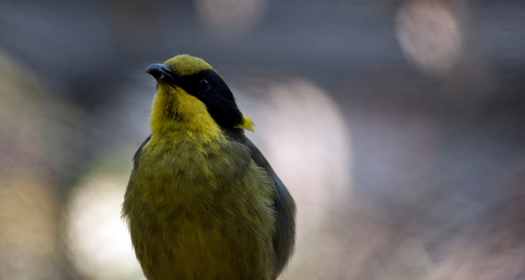
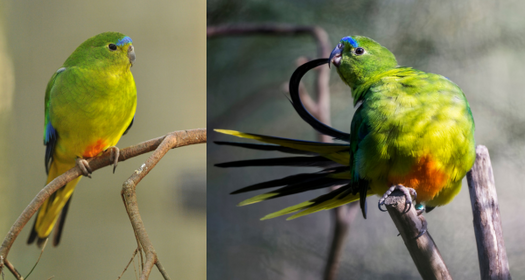
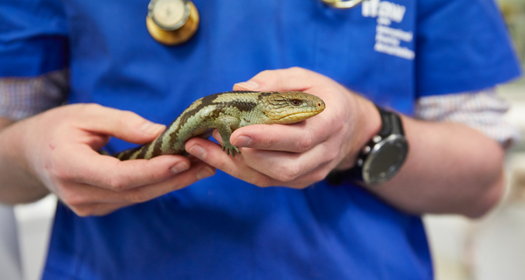
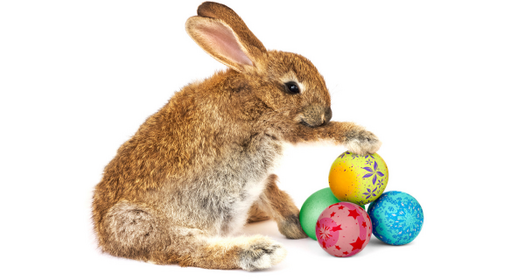
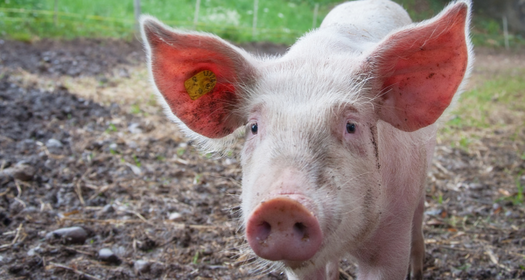




Leave Comment Below